Israeli designers have has their hands full in recent months creating trendy masks in unique textures and fun prints to answer a surging demand for the facial coverings amid the coronavirus pandemic.
Kobi Levi, an Israeli designer known for his pop art style footwear and whimsical bags, has also been creating during these challenging times. And he’s crafted some memorable works inspired by the health crisis.
“I always say [my designs] are a part of reality.They always reflect what’s going on. Every time I create a new design, it comes from whatever’s around me. Whatever I see,” the designer tells NoCamels.
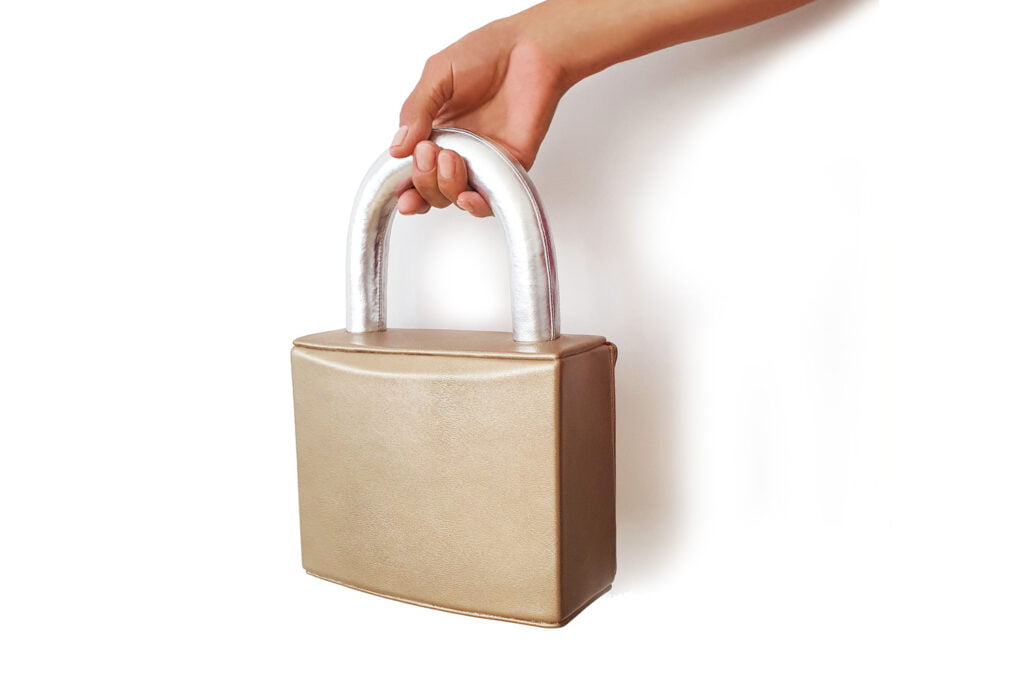
His newest designs, handbags which examine the lockdown and masks quite literally, “happened naturally,” he says. When the first lockdown was imposed, “I realized that the most ‘deserted’ kind of accessory that can be in this kind of situation is a bag. Nobody needs a bag from room to room. Even with shoes, you walk the dog, you go grocery shopping,” Levi explains, “I’m just looking at it from a different point of view and with a sense of humor about it.”
SEE ALSO: Cover Up: 10 Innovative Types of Face Masks That Were Developed In Israel
Levi’s first design since the start of the current health crisis in Israel was a handbag in the shape of a lock, playing on the word lockdown and because he “saw locks everywhere.” His second design, a bag with the familiar shape and light blue color of a medical mask, was created because Levi occasionally saw people walking down the street carrying their masks like handbags.

“Even on my website, where I usually write my inspiration, I couldn’t even write the word inspiration next to the mask. I can’t say it’s inspiring to me,” Levi says, “I just said it’s designed after the most famous accessory of 2019-2020.”
Kobi Levi’s Lock Down metallic leather handbag is priced at $800 while the Face It mask handbag costs $265.
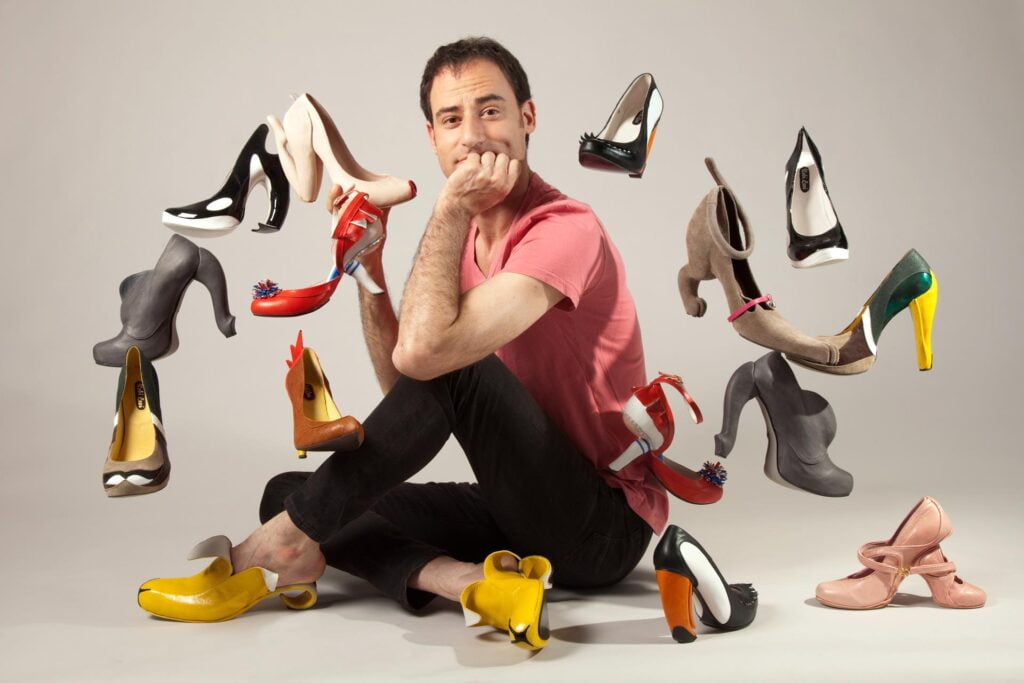
Kobi Levi’s worldwide fame
Kobi Levi’s creations have appeared in museums, art galleries, and exhibitions around the world including at the Fashion Institute of Technology in New York, the National Museum of Art in Tokyo, high-end department store Selfridges in London, the Dutch Shoe Museum and earlier this year as part of an exhibit in Israel’s Rishon Lezion Museum marking 100 years of women’s suffrage in Rishon Lezion, one of the first Hebrew settlements in Israel. Levi was the exhibit’s host artist and presenter.

Also earlier this year, conceptual fashion designer Jo Cope contacted Levi to create a shoe for an exhibition called Shoes Have Names. The exhibit, in collaboration with Shelter UK, a registered charity that campaigns to end homelessness and bad housing in England and Scotland, aimed to use the power of craft to bring awareness to homeless individuals. While Levi created his shoe for the exhibit back in March, due to the pandemic it was not presented until September at London Craft Week.
Levi created a red shoe (as every shoe in the exhibit was red) and called it Home Void because it featured a hole in the shape of the house. Levi said he decided to take out the generic home symbol from the shoes to create a void showing that one assumes a home is something that should be there for everyone but this is not always the case.
“It’s a very subjective kind of theme — home. It means everything. For each one of us it has different shapes, different feelings. For me to take this big word and talk about it in different ways — I took a general home shape, like a logo, a square home shape logo, but I didn’t want to design with it. I wanted it to be there but not be there,” Levi explains, “So I took it out of the shoe.”
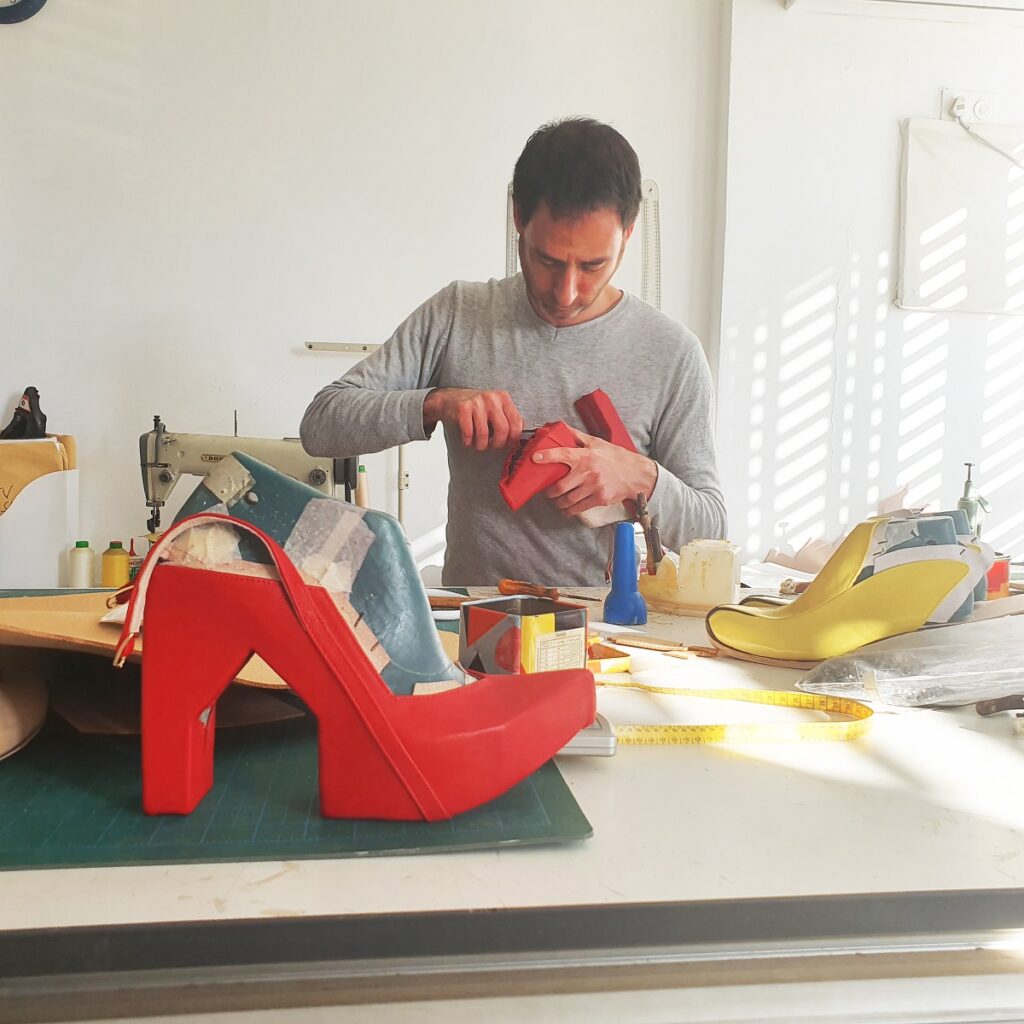
He added that the straps of the red shoe form an X shape to once again point out that not everyone has a home.
Sign up for our free weekly newsletter
SubscribeMany of Levi’s designs will also be exhibited in the upcoming Guangzhou Design Week in Guangzhou, China from December 3-6.
Shoe master
Back in 2010, Kobi Levi took photos of all the shoes he had handcrafted and posted them onto a blog page. The page was a hit and Levi, who graduated from Bezalel Academy of Arts and Design in Jerusalem in 2001, decided to open a studio in Tel Aviv. By the following year, he was selling his shoes to the public.
That same year, CNN referred interviewed Levi and referred to his designs as “wearable sculptures.” He told the US news channel his shoes can be inspired by a number of things including an iconic image of an animal or character, a situation frozen in time, or a play on the shape of the foot itself.

Then the celebrities came calling. Nicola Formichetti, fashion director for Lady Gaga, sent Levi an email inquiring about his Double boot for use in Gaga’s music video “Born This Way.” Self-proclaimed shoe lover and actress Whoopi Goldberg has contacted Levi on more than one occasion to add to her shoe collection and has worn his banana peel slip-on shoes. Singer Fergie from the Black Eyed Peas also used two pairs of Kobi Levi’s shoes in a music video.
Also, Levi created shoes specifically for Israeli singer Netta Barzilai who wore them as part of her look at the Eurovision Song Contest final in 2018, where she won first place for Israel.
Some of his top extravagant shoes include square heels shaped to look like two cats going at it, chewing gum heels featuring a stretched piece of gum attached to the heel (currently sold out on his site), and more than one pair of flesh-colored XXX shoes with heels that look like men’s and women’s private parts. Levi’s newest shoe, Blossom, is a classic open flower heel based on pictures he took of flowers near his home.
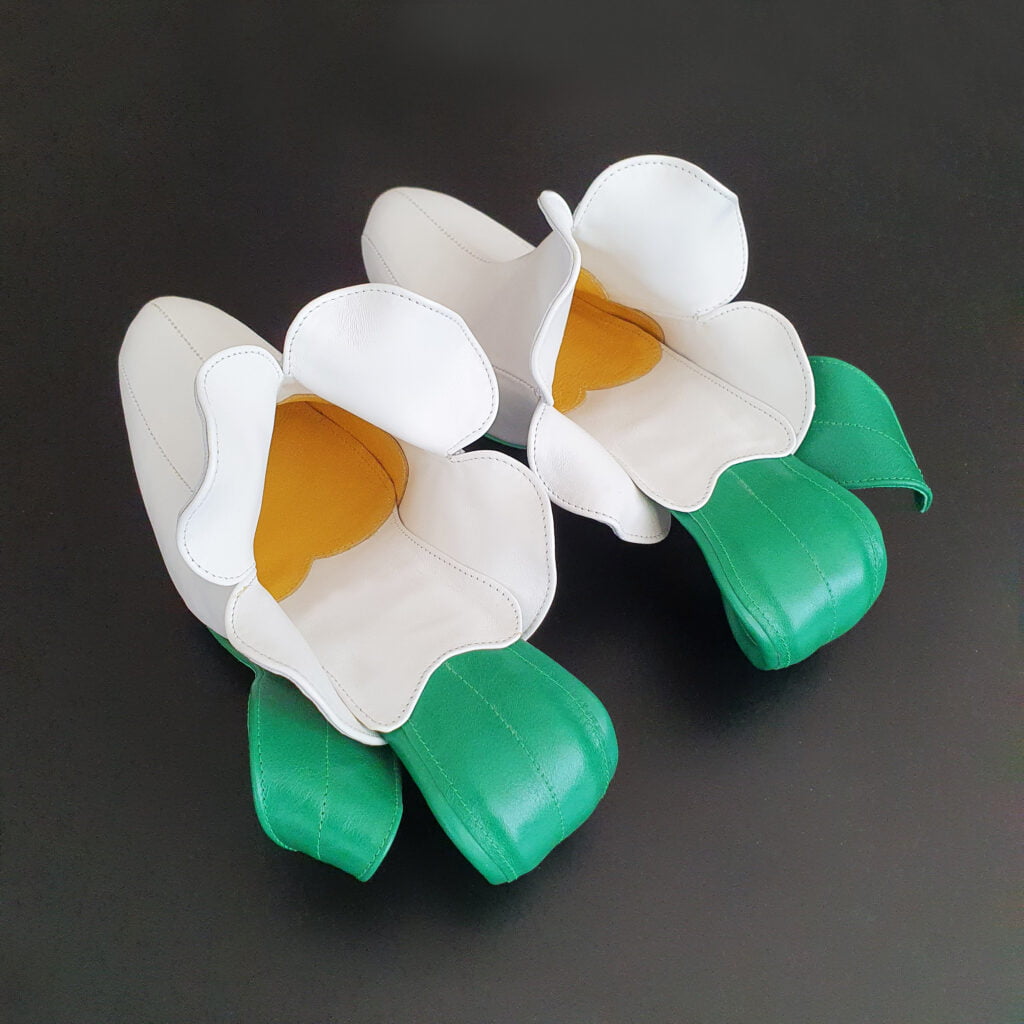
When asked if he could choose any celebrity to wear his shoes, Levi said Madonna. He says her work is like “endless creativity from the start of the 80s. It’s not just one thing, it goes well, and then you disappear. She’s a very passionate person to continue and to take your own kind of way of creating and keep it going with different directions, different aesthetics, different collaborations. I really liked that.”
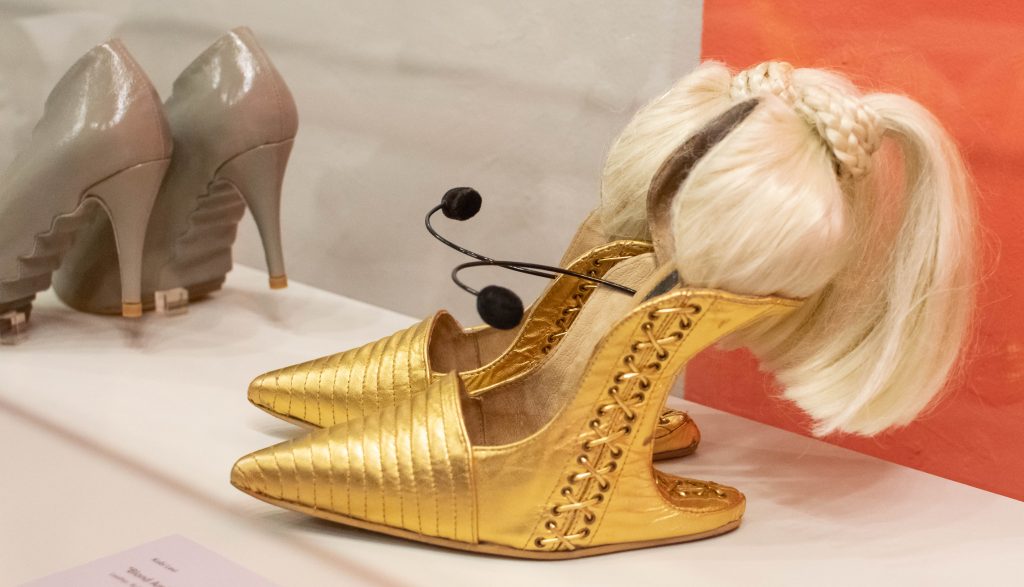
Madonna inspired one of Levi’s most interesting shoes, which he created as an homage to her Blonde Ambition tour in the early 90s. The shoe features synthetic hair in the style of a high ponytail and a point that looked like the performer’s iconic cone bra, which was Madonna’s look at the time.
SEE ALSO: Israeli Designers Mark 100 Years Of Women’s Rights With Evocative Shoes
Levi’s shoes require weeks of intricate craftsmanship from the first sketch to the 3D printing to the actual creation of the shoe. Prices for Levi’s shoes range from $265 to $2800 on his shop.
Related posts

Rehabilitation Nation: Israeli Innovation On Road To Healing

Israeli High-Tech Sector 'Still Good' Despite Year Of War




Facebook comments